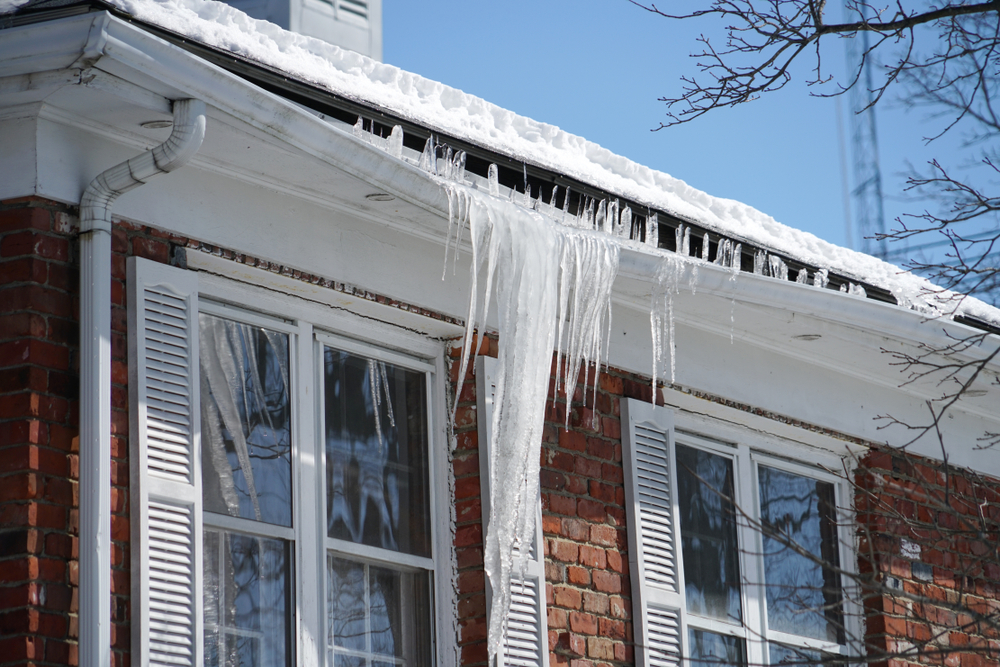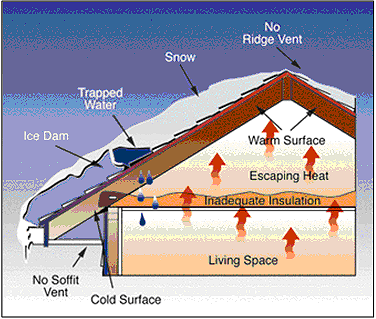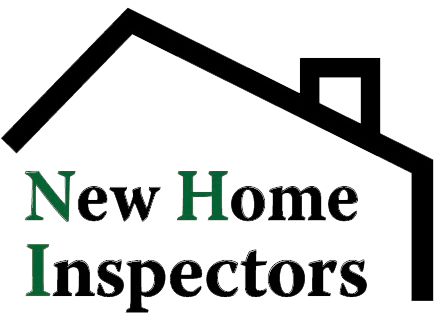
Are you a homeowner on Long Island? If so, you’re probably no stranger to the challenges that winter weather can bring. One such challenge is the formation of ice dams on your roof. Ice damming can lead to costly water damage and structural issues if not addressed properly. In this post, we’ll discuss the importance of preventing ice dams and how Long Island home inspections can help safeguard your home.
What Is Ice Damming?
Ice damming is a common winter weather phenomenon that occurs on the roofs of buildings in cold climates like Long Island. It starts with the accumulation of snow on your roof. When heat from the interior of your home rises to the roof, it can melt the snow on the upper portion.
As the melted snow water flows down the roof to the colder eaves, it can freeze, forming a layer of ice. Over time, this ice layer grows into an ice dam, trapping water behind it. This trapped water can seep into your home, causing damage to the roof, attic, walls, and ceilings.
How Ice Dams Typically Occur
- Snow accumulates on the roof: When it snows, a layer of snow builds up on the roof of a building.
- Heat from the interior: The heat from the interior of the building, often generated by heating systems or inadequate insulation, rises to the roof. This heat can melt the snow on the upper portion of the roof.
- Melting and refreezing: As the melted snowwater flows down the roof to the eaves (the lower edge of the roof), it encounters the colder eaves, which are typically not heated by the interior. When the melted water reaches the eaves, it can freeze again, forming a layer of ice.
- Ice dam formation: Over time, as more snow melts and refreezes at the eaves, a thick layer of ice can accumulate. This ice dam traps subsequent melted water behind it, preventing it from flowing off the roof.
- Water backup: With the melted water trapped behind the ice dam, it can seep under shingles or into the building, causing damage to the roof, attic, walls, and ceilings. This can lead to leaks, water stains, and even structural damage.

Photo Credit: National Weather Service
How to Prevent an Ice Dam
Preventing ice damming typically involves a combination of strategies, including:
- Adequate insulation: Properly insulating the attic can help reduce heat loss to the roof, which can prevent the snow from melting in the first place.
- Ventilation: Proper roof ventilation can help maintain a consistent temperature on the roof and prevent uneven melting.
- Roof rake or snow removal: Safely removing excess snow from the roof, particularly after a heavy snowfall, can reduce the risk of ice dam formation.
- Ice melt systems: Some buildings have heated cables or ice melt systems installed on the eaves to prevent ice damming.
- Sealing air leaks: Reducing drafts and air leaks in the attic and ceiling can help prevent warm air from reaching the roof.
The Importance of Long Island Home Inspections
As a homeowner in Long Island, it’s crucial to be proactive in preventing ice dams. This is where Long Island home inspections come into play. A professional home inspector, like the experts at New Home Inspectors, can provide invaluable insights into the state of your home’s insulation, ventilation, and overall structural integrity.
How Long Island Home Inspections Can Help
Here’s how a comprehensive Long Island home inspection can assist in preventing ice damming:
1. Insulation Assessment:
Proper insulation in your attic is key to preventing ice dam formation. During an inspection, our experts will assess the quality and quantity of insulation in your attic. If it’s inadequate or damaged, we’ll provide recommendations for improvement.
2. Ventilation Evaluation:
Maintaining consistent roof temperature is vital. Our inspectors will check your roof’s ventilation system to ensure it’s functioning correctly. Proper ventilation can prevent uneven melting and ice dam formation.
3. Roof Condition Analysis:
We’ll examine the condition of your roof, paying close attention to eaves and potential vulnerabilities. Any issues with the roofing materials or flashing can contribute to ice damming, so it’s important to identify and address these problems early.
4. Air Leak Detection:
Air leaks in your home’s insulation and ceiling can allow warm air to reach the roof, accelerating snowmelt. Our inspectors will identify and recommend sealing air leaks to prevent heat loss.
Preventing Ice Damming: Your Long Island Home’s Lifeline
As a homeowner on Long Island, you know the importance of protecting your investment from the harsh winter elements. Ice damming can pose a significant threat to your home’s integrity and value. That’s where New Home Inspectors comes in.
Our Long Island home inspections are your first line of defense against ice dams and other potential winter-related issues. By addressing insulation, ventilation, and roofing concerns early on, you can enjoy a warm and damage-free home throughout the winter season.
Don’t wait for the next snowfall to put your new home at risk. Before you buy, contact New Home Inspectors for a comprehensive Long Island home inspection today. Let our experts ensure your new home is well-prepared to handle the challenges of winter and keep your family safe and comfortable year-round.

